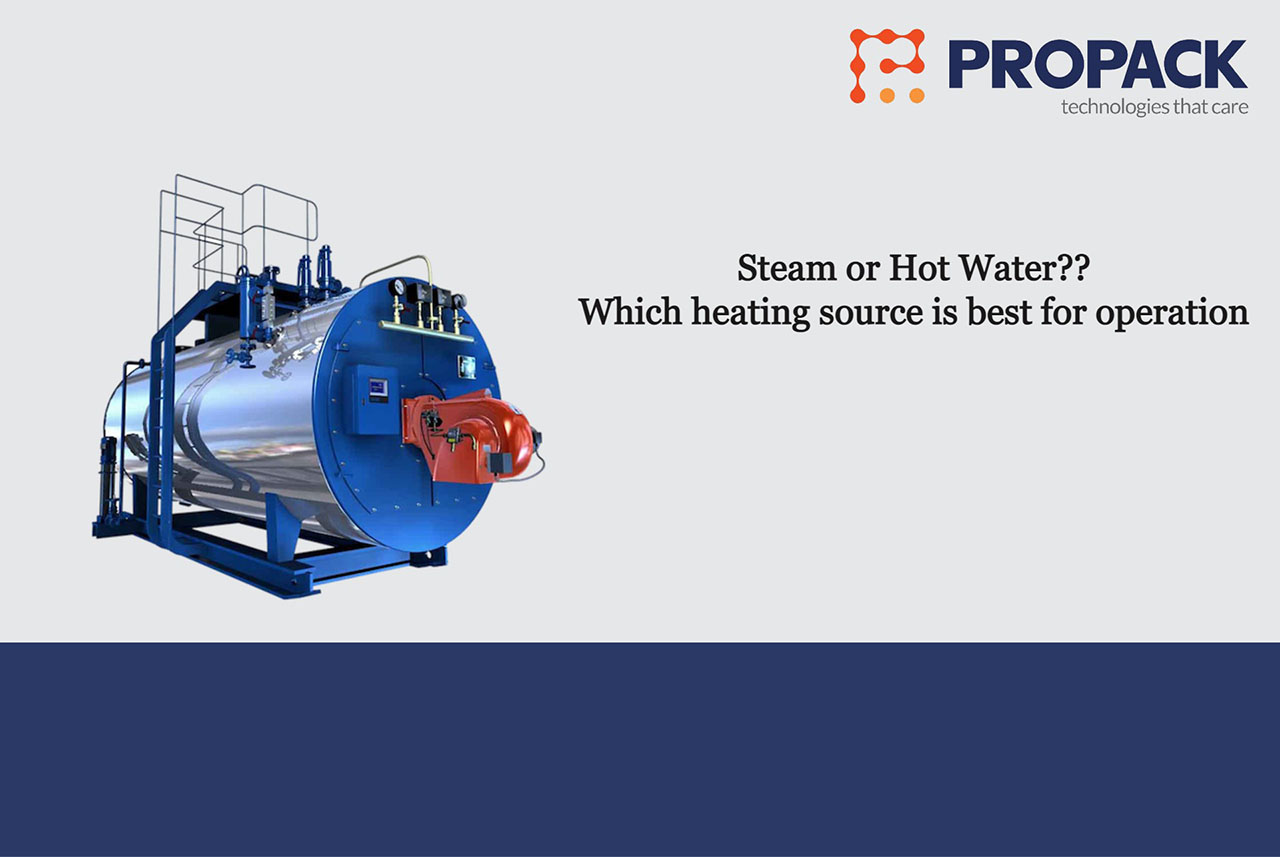

Steam or Hot Water? Which heating source is best for operation
Choosing a heating source is a key for all processing operations. For processors who use a jacketed kettle design, the choice comes down to steam versus hot water.
A jacketed vessel design can use either steam or hot water to supply heat for the process. In fact, it’s not uncommon to use both steam and hot water in the process. In some situations, processors may switch between steam and hot water heat depending on the product being processed.
But is one of them superior? And when would you choose to use one heat source over the other? Let’s consider some of the advantages of both steam and hot water while taking a look at some potential applications
Steam heating is fast and efficient
Steam’s inherent advantage over water comes down to efficiency. At the same temperature, steam transfers its heating energy much more efficiently than liquid water. Why? Simple physical science.
Gases have significantly higher kinetic energy than water
Steam is that high-efficiency heat source. When steam cools from a gas to a liquid, it transfers an incredible amount of heat energy into your product, allowing you to heat quickly and use less energy overall.
When and why water can be a better option
But efficiency isn’t the only consideration when it comes to heating your products. It’s also important to consider how your heat source can affect your final product.
Since it transfers its heat more slowly, there are cases where water can be a better option. Products at risk for scorching or burning, are most often heated with a hot water heat source
Heating these products with water allows the heat to be introduced gradually, slowly transferring the heat from the water to the product in the vessel. Since steam heats much more quickly, it’s possible that using steam here could scorch the sauce near the outside of the vessel, damaging your final product and reducing throughput.
Test your products to determine the best heat source
Both steam and hot water have their place in commercial production and in the right circumstances, both can be great heating sources for your production process

For more Connect to us.







